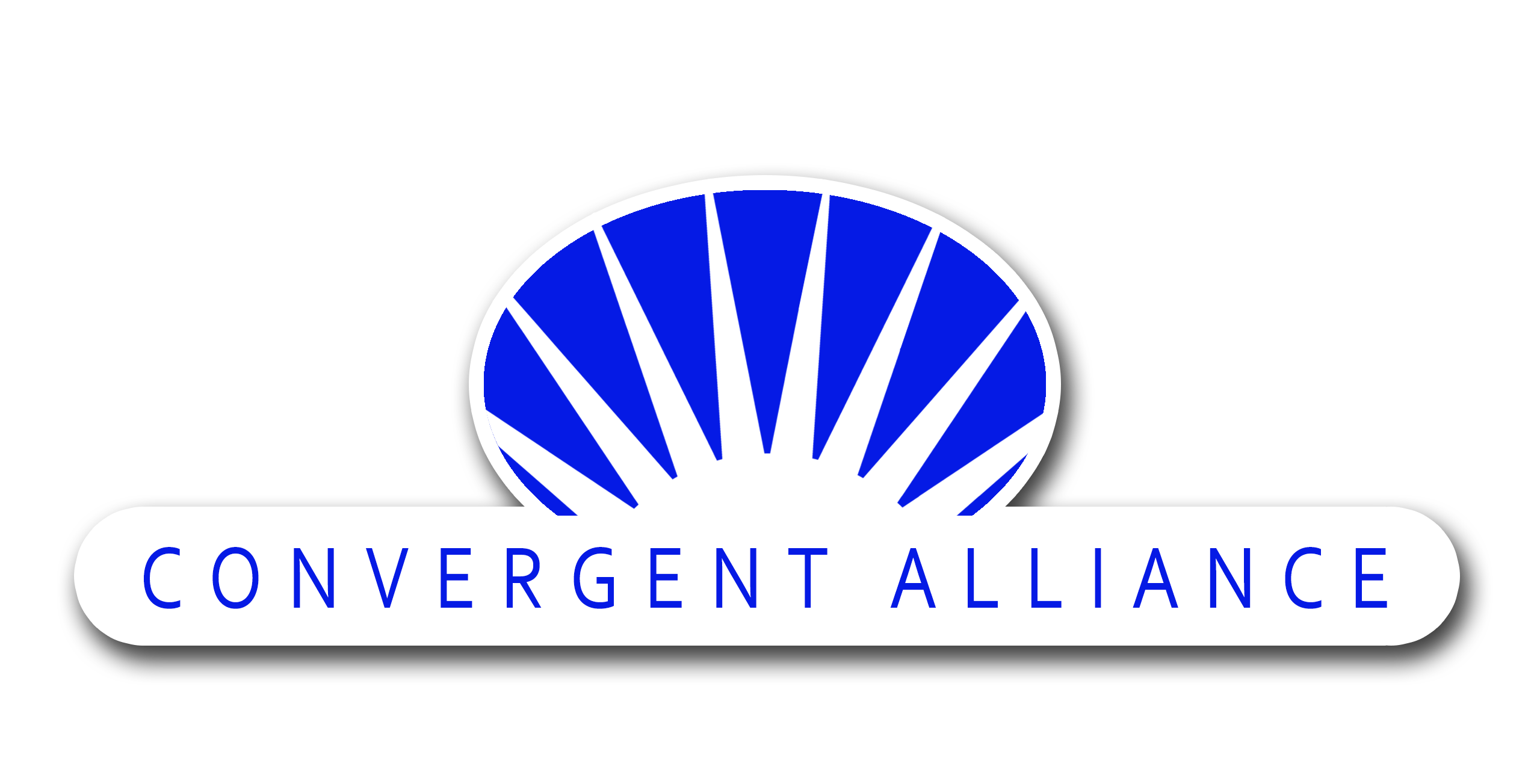
Arlan Tarhan
CEO
Welcome to our new website where you will find insightful information about the future of transportation systems, autonomous technology and the impact of mobility transformation on the auto retail industry.
Right before the Covid pandemic, in 2018, we have introduced our timeline and progression predictions of this transformation in various communications including our lectures and public presentation during significant conferences in the United States. Along with many other economic and social impacts, Covid of course changed the timelines of our previous prediction regarding the transportation industry.
One significant factor is that auto retailers in the US enjoyed the most profitable years of their careers like never before. Inventory challenges caused by the pandemic and the chip shortages, reprogramed retailers thinking of giving products away to increased gross margins for all the inventory that they had trouble replacing. Subsequently, manufacturers also realized that with shortage of inventory, they did not have to throw money away to move excessive inventory. In return, their bottom line improved as well despite lower production. The icing on the cake was the PPP subsidies to businesses to prevent layoffs simply ended up being a government gift to those businesses to add to their already healthy bottom-line.
Consequently, industry enjoyed a few healthy years which made all the auto retailers feel on top of the world.
Well, drug has worn out and reality check finally arrived. All the predictions we made six years ago simply just got pushed back about the same amount of time.
What will happen to the vehicle distribution systems that exist today? Auto retail industry has enjoyed year-over-year growth in sales for the last 12 years- the longest steady increase ever. Starting in 2026, experts predict a cyclical downturn that will cause new vehicle sales to drop by about 3-5% per year.
Based on consumer trends- increased popularity of ride-hail and rideshare, manufacturer participation in developing apps for human-driven shared car fleets, and autonomous driving developments- by the year 2030, 3-5 million people are expected to give up their private vehicles.
Unlike popular belief, EV sales reached a record level in 2024 with 1.3MM, a 7.3% increase over 2023. While manufacturers are temporarily switching to Hybrids for the moment due to shortage of charging station infrastructure, that will also be remedied in a few years.
Our point was and has always been even 7 years ago, as EV sales increase, along with a well established fully autonomous driving, ride hail and ride share industry will transform the mobility concepts. Industry will shift building more autonomous fleet vehicles than privately owned vehicles in the next decade. Add to that, the ever so increasing trends of manufacturers’ desire to sell directly to the consumers further jeopardize the future of retailer network in the US. After, Tesla, Lucid, Rivian, Polestar, now VW intends to sell its Scout vehicles, and Honda with its Sony joint venture direct to consumers. So, what are your choices….
DEALER COALITIONS NETWORK
Retailers now must take proactive steps to secure their future and protect their investments. Retail store values will start going down as profitability erodes based on all the trends discussed above. DEALER COALITION NETWORK is a concept we are in the process of developing in order to offer small to medium size retailers or retailers groups to come together and join their forces to capitalize on a very unique opportunity that might catapult them into the new era of transportation concepts. While in the meantime retailers would preserve their independent economic identity but benefit from economies of scale of certain shared cost, culture development, advisors benefits as well as state of the art training for all of their staff. In the next decade coalition participants could make transitional decisions whether to transform their businesses to a massive ride hail operations with healthy profitability or simply maximize their return and divest their retail stores benefiting from the ability of coalition bylaws offering them first right of refusal and guaranteed minimum acquisition offers. Th benefit in a nutshell is, those retailers who own stores at strategic locations in metro markets with property sizes 3 plus acres, will be able to convert their operations to then to become significant ride hail dispatch and maintenance facilities. Just in one example that would come to mind, as to why the EV sales are not at a significant pace being the charging infrastructure, and that space will become increasingly more challenging, for the industry, those retail store locations, joint under coalition by-laws will offer the best possible solutions for the problem and quicky. Just to use the example of the state of California zero emission targets by 2035 would require over 2 million charging units and yet today total amount of chargers in the state is 157,000. Next 10 years will not only map out whether or not California can meet these ambitious goals, but it will also provide retailers with a significant opportunity to maximize their investments. Stay tuned in our upcoming newsletters, please further visit our coalition tab on this website and contact us for further information on the subject. We offer complimentary evaluation of your specific situation and advise you for your best options and assist you in every way should you decide to follow our path to future, all with no obligation what so ever.
Thank you,
Arlan Tarhan
